
In a busy city like North York, many pet parents juggle full-time jobs while raising a furry companion. But one major challenge that arises—especially for new dog owners—is figuring out how to leave your dog home alone without stress, destruction, or anxiety.
Whether you're working long hours or simply need your pup to feel comfortable during short absences, this guide walks you through practical and proven methods to train your dog to stay calm, safe, and confident when alone.
Let’s break it down step-by-step.
Dogs are social animals that thrive on companionship. Left alone too soon or for too long without preparation, they may experience:
Common signs your dog isn't coping well alone include:
Fortunately, these behaviors are trainable with the right techniques.
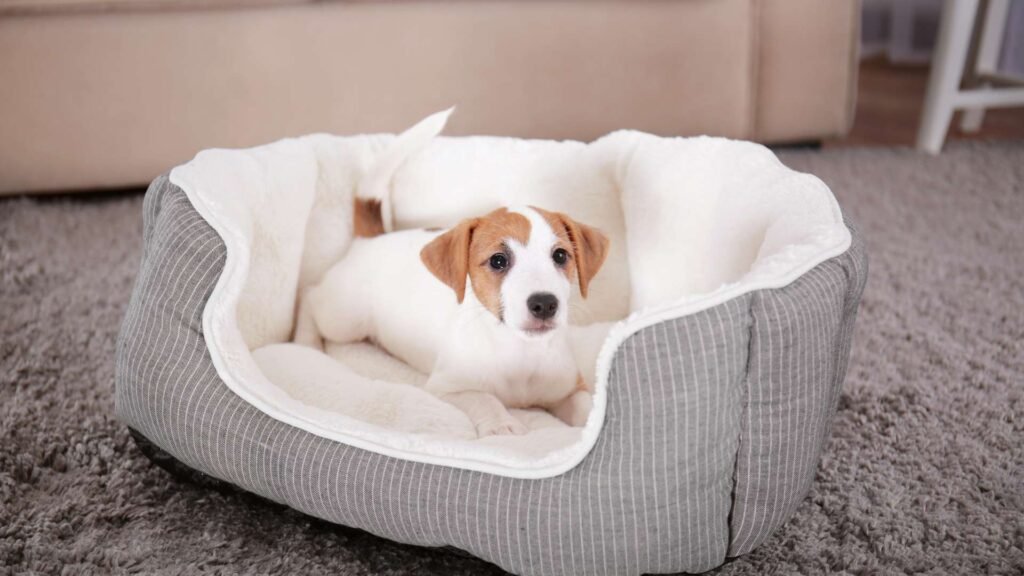
Start by setting up a comfortable and secure area your dog can associate with rest and relaxation. This could be a crate, a penned-off room, or a cozy corner.
Essentials for this space include:
At Hello Pets Inc., we offer professional dog training services in North York that include crate training and environment setup guidance, especially tailored for puppies or rescues transitioning into new homes.
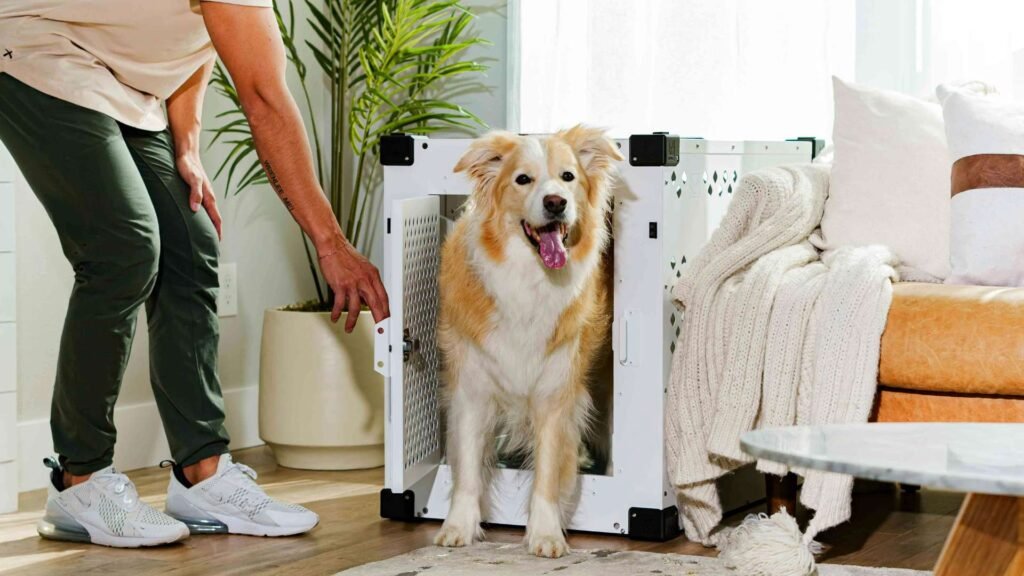
Crate training is one of the most effective tools for teaching your dog to be alone. A crate isn’t a cage—it’s a den-like sanctuary when introduced correctly.
Crate Training Basics:
Some dogs may prefer a playpen or gated area instead of a crate. The goal is to gradually extend the time they spend alone while feeling safe.
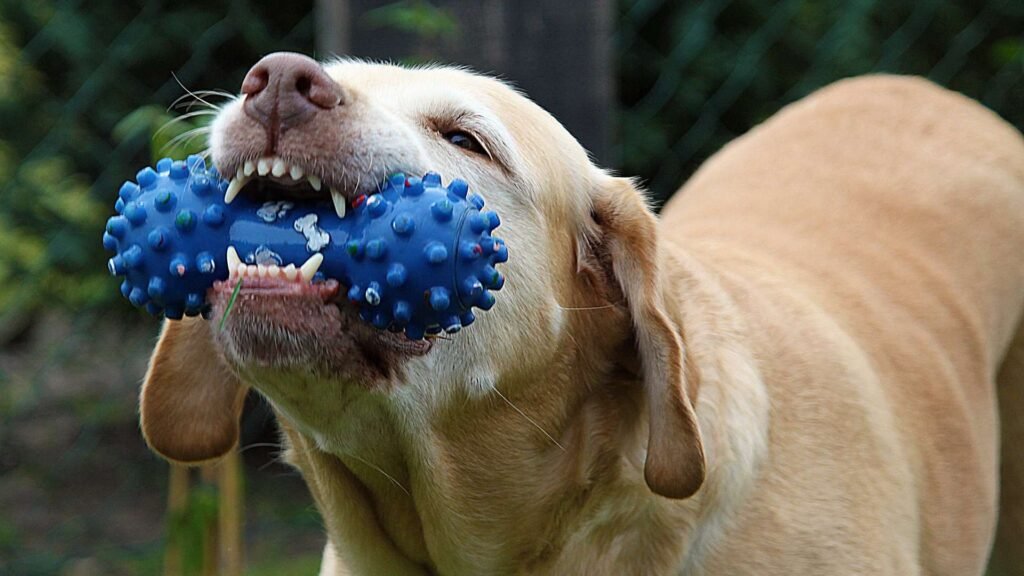
Mental stimulation is just as important as physical exercise. Before leaving your dog alone:
Rotate toys regularly to keep interest high. These distractions help keep your dog busy instead of anxious.
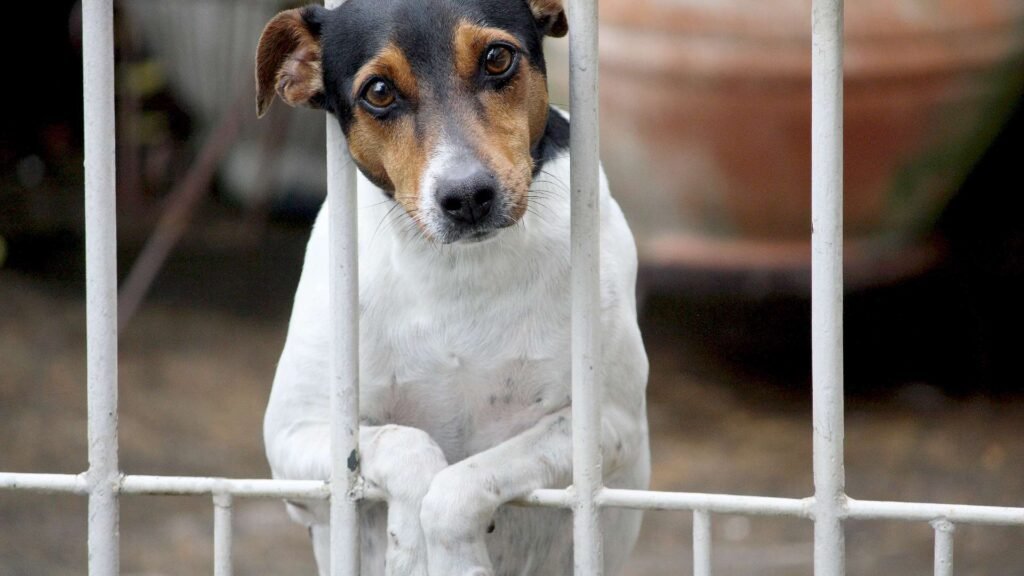
Start by leaving for just a few seconds, then increase to minutes, then hours over time.
Training Timeline Example:
Key Tips:
Over time, your dog will learn your return is predictable and safe.
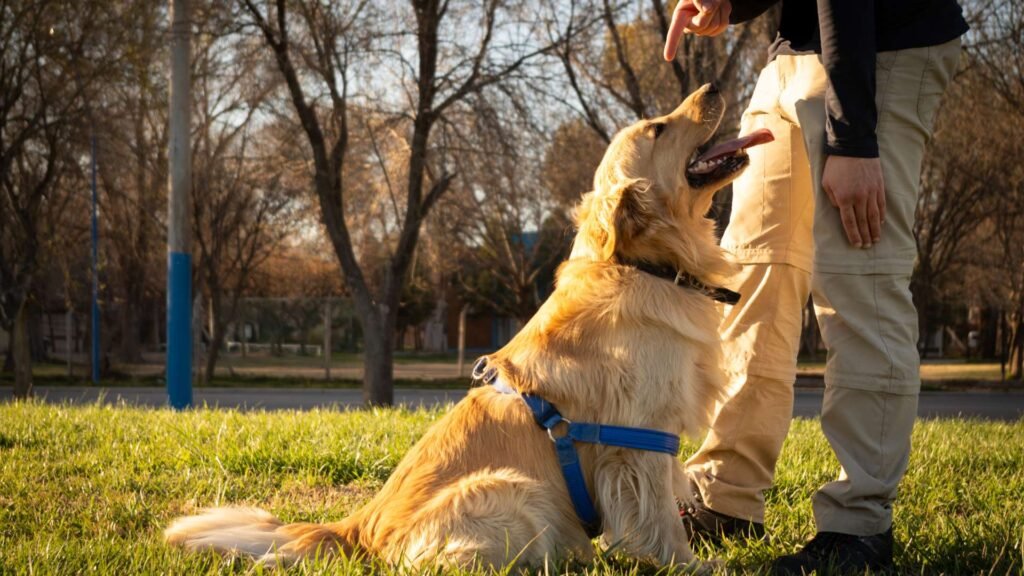
A tired dog is a calm dog. Physical and mental exercise before your departure helps your dog rest instead of getting anxious.
Examples:
If your schedule doesn’t allow it daily, consider enrolling in dog daycare (which we offer at Hello Pets Inc.) to support your routine.
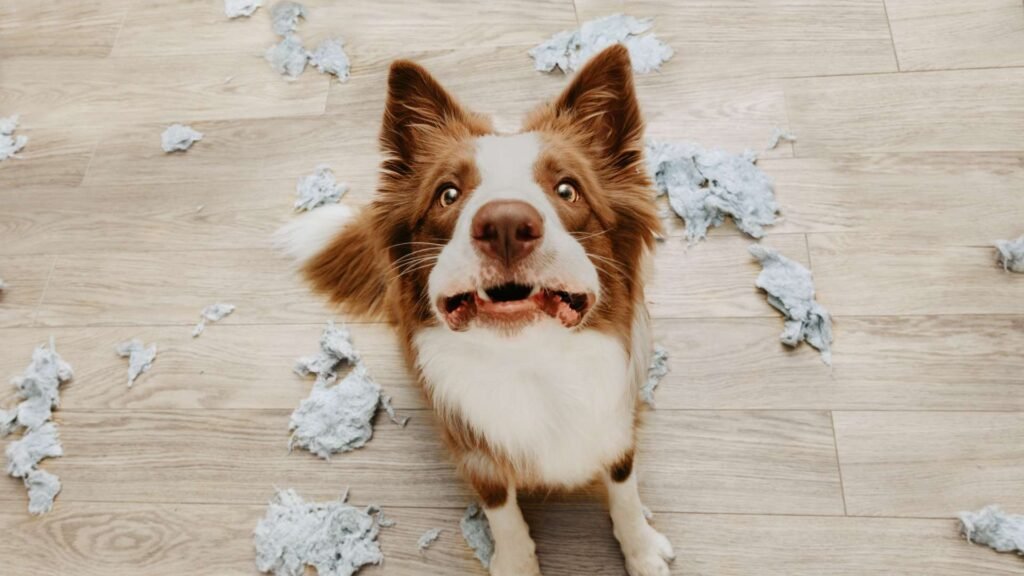
If your dog shows severe signs of panic, even with training and structure, they may suffer from clinical separation anxiety. In this case:
At Hello Pets, our dog trainers in North York are experienced in separation anxiety protocols, using humane, reward-based techniques that promote long-term confidence.
If you're away for 6+ hours a day, training alone may not be enough. These options can help:
Our North York dog daycare are perfect for busy pet parents who want peace of mind knowing their dog is cared for.
| Task | Purpose |
| Morning walk | Burn energy and calm mind |
| Training or mental game | Build confidence and engagement |
| Give enrichment toy | Keep dog occupied while you leave |
| Practice cue + leave | Gradual alone-time desensitization |
| Quiet return home | Reinforce calm behavior |
At Hello Pets Inc., we understand the pressures of balancing work and pet care. That’s why we offer:
Let us help you raise a calm, independent dog that thrives—even when you're not around.
Ideally no. While some dogs can handle it with proper training, most benefit from a break halfway—via a walker, daycare, or sitter.
Start practicing as early as 8–10 weeks, but for very short durations. Puppies can hold their bladder roughly one hour per month of age.
Yes. Pet cameras (like Furbo or Wyze) help track barking, pacing, and whether your dog is settling well.
This may be a sign of separation anxiety or boredom. Consult with a professional trainer for a desensitization plan.
If your dog is crated longer than 4–6 hours, a walker can provide relief and prevent bladder stress or boredom.
Training your dog to be alone is a journey—one built on trust, patience, and structure. With the right routine, tools, and support, your pup can learn that being alone is safe, not scary.
Need help getting started? Explore our Dog Training Services in North York or contact Hello Pets for a personalized consultation.